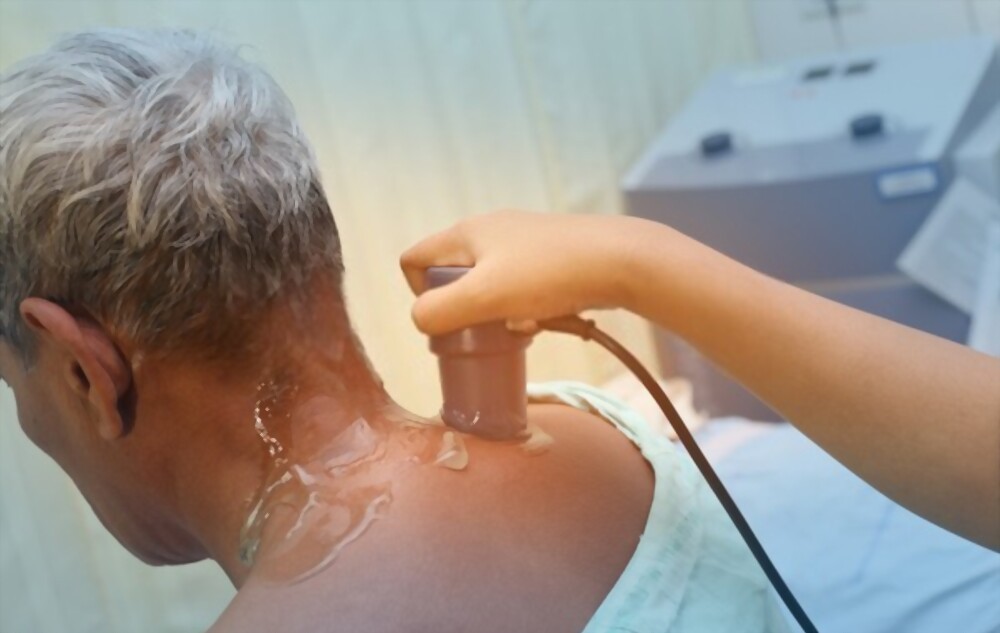
Cervical Spondylosis is a general term for age-related deterioration impacting the spinal disks in your neck. As the disks dehydrate as well as reduce, bone spurs and other signs of osteoarthritis establish.
Cervical spondylosis is very typical and also aggravates with age. There also appears to be a hereditary component entailed since some
family members will have more of these changes over time, while other households will establish much less.
More than 90 percent of individuals older than age 65 have proof of cervical spondylosis and also osteoarthritis that can be seen on
neck X-rays. A lot of these people experience no symptoms from these troubles. Nonsurgical treatments typically are reliable when signs do take place.
Symptoms
Cervical spondylosis triggers no symptoms. When signs do take place, they usually affect only the neck– triggering discomfort and
rigidity.
In some cases, cervical spondylosis leads to a narrowing of the room required by the spine and the nerve origins that come from at the
spine as well as travel through the spine to the remainder of your body. If the spinal cord or nerve origins end up being squeezed, you may experience:
- Tingling, tingling as well as weakness in your arms, feet, hands or legs
- Lack of coordination and also difficulty walking
- Loss of bladder or digestive tract control
Causes
As you age, the bones and cartilage that comprise your foundation as well as neck progressively develop deterioration. These changes
might consist of:
- Dehydrated disks– Disks act like paddings in between the vertebrae of your spine. By the age of 40, most individuals’ back disks
start drying out and also shrinking, which allows extra bone-on-bone to get in touch with between the vertebrae. - Herniated disks– Age also affects the exterior of your back disks. Fractures usually show up, causing bulging or herniated disks–
which often can press on the spine and also nerve origins. - Bone spurs– Disk deterioration frequently leads to the back creating additional amounts of bone, occasionally called bone spurs, in a misguided effort to fortify the spine’s strength. These bone spurs can sometimes pinch the spine and also nerve roots.
- Stiff tendons– Ligaments are cables of tissue that link bone to bone. Enhancing age can make spinal ligaments calcify as well as
tense, making your neck less versatile.
Ayurveda Management of Cervical Spondylosis
According to Ayurveda the Vata, the principle of motion is the predominant function of the anxious system and the skeletomuscular
system. Troubles connecting to these systems are mostly caused by vitiated Vata.
Vatavyadhis comes under a group of diseases that materialize by dhatu kshaya or margavarana as well as those are identified
according to sthana, lakshana, and also hetu. In the classification of dhatukshayajanya vatavyadhis, many degenerative conditions are considered. Cervical spondylosis can be thought about as one among them as well as can be
compared with ‘Vishwachi’.
Treatment in Ayurveda is aimed at restoring the balance via adjustment of the underlying useful in-equilibrium.
The therapy for Cervical Spondylosis is comprehensive as well as may consist of Ayurveda internal medicines & outside applications
for light situations and in addition to these, Ayurveda Panchakarma treatments in severe instances. Diet and way of living alterations are used in both scenarios.
Panchakarma therapies like Abhyanga swedam, Elakizhi, Nasyam, Shirovasti or shirodhara, Sarvangadhara, Greeva basti, Navara or mamsa kizhi, Vasti are normally done based upon the individual’s presentation and seriousness of the disease. The ordinary duration of therapy may range between 4– 6 weeks, as well as most of the situations, experience high recuperation.
Read Also: Ayurveda Treatment for Back Pain
Order the best ayurvedic medicine : Asthi Sandhanak Cap
